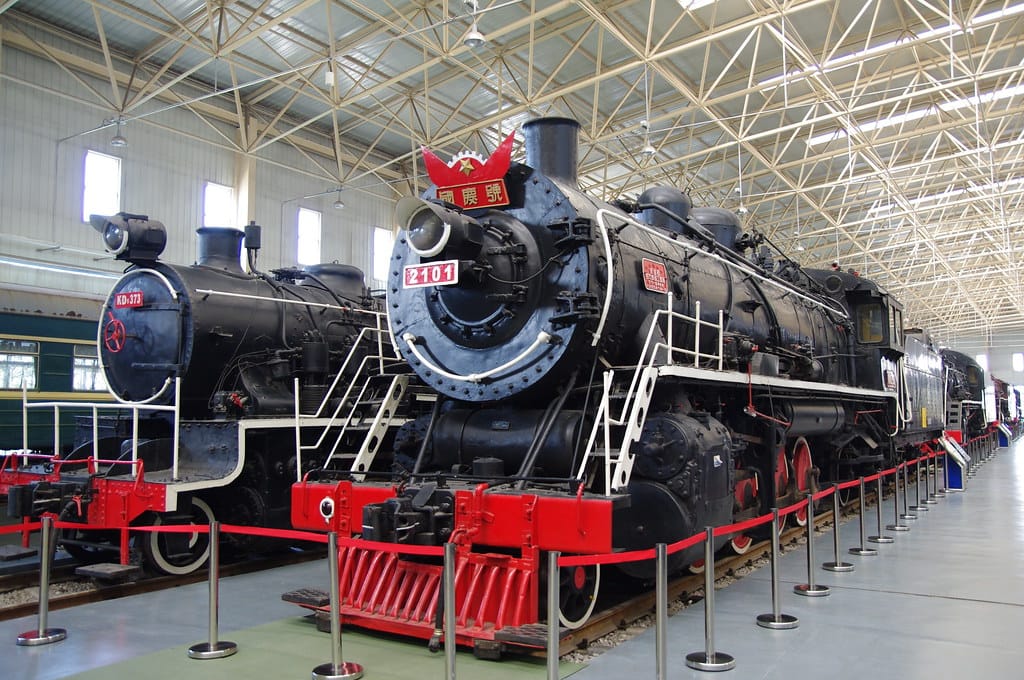
🚞 Trenino delle Centovalli, also known as the Centovalli Railway in Switzerland and the Vigezzina Railway in Italy, is a historic narrow-gauge line connecting Domodossola (Italy) to Locarno (Switzerland). Its story is one of cross-border cooperation, engineering ingenuity, and enduring scenic charm.
The idea for the railway emerged in the early 20th century, when the rugged Centovalli and Vigezzo valleys lacked proper road infrastructure. Until 1907, the only connection between Locarno and Domodossola was a bridle path. Local leaders—including Locarno’s mayor Francesco Balli, teacher Andrea Testore, and engineer Giacomo Sutter—championed the railway project. Financing was initially secured from the Banque Franco-Américaine, but its bankruptcy in 1913 and the outbreak of World War I delayed construction.
In 1918, Switzerland and Italy signed a treaty outlining the rights and responsibilities of the railway companies: Ferrovie Regionali Ticinesi (FRT) in Switzerland and Società Subalpina di Imprese Ferroviarie (SSIF) in Italy. Despite challenging terrain and limited tools, construction pressed on. Workers carved the line through deep gorges and steep mountainsides, building 83 bridges and 31 tunnels. Notable structures include the steel Isorno bridge near Intragna and the Ruinacci viaduct near Camedo.
The railway officially opened on 25 November 1923, with electric railcars built by Carminati & Toselli in Milan. From the start, the line was electrified and operated with metre-gauge track. It quickly became a vital link between the Gotthard and Simplon railways, offering the shortest and most scenic route between the Swiss cantons of Ticino and Valais.
During World War II, the Centovalli Railway played a humanitarian role. With fuel rationing limiting road transport, the railway saw increased traffic. It also became a lifeline for refugees, partisans, and evacuees fleeing fascist forces. In 1944, during the brief existence of the Ossola Partisan Republic, thousands escaped to Switzerland via the railway, aided by the Swiss Red Cross.
Post-war years brought modernization. In the 1950s, the Swiss side received new rolling stock and upgraded overhead lines. The Italian side lagged behind, with aging infrastructure until Swiss-supported renovations in the 1970s. However, in August 1978, a catastrophic storm destroyed several hundred metres of track and collapsed three bridges on the Italian side. Thanks to tireless reconstruction efforts, full service resumed by September 1980.
In 1990, a major infrastructure project in Locarno rerouted the railway through a 2.6-kilometre tunnel and an underground station, easing congestion in the city centre. This “Minimetro” project cost CHF 130 million and marked a new era for the railway.
Today, the Centovalli Railway is celebrated for its panoramic views and cultural significance. It passes through charming villages like Santa Maria Maggiore, Re, and Intragna, each rich in history and alpine character. The line offers themed journeys such as the “Foliage Train” in autumn and the “Lake Maggiore Express,” blending natural beauty with heritage tourism.
The railway continues to evolve. In 2020, FART ordered eight new railcars from Stadler Rail to meet accessibility standards and modern passenger needs. These are expected to enter service in 2024, ensuring the Centovalli Railway remains a vital and beloved link between Italy and Switzerland.
This information was generated using AI and is based on publicly available sources, including the Swiss National Museum’s Centovalli Railway history, Wikipedia, and VisitOssola’s overview.